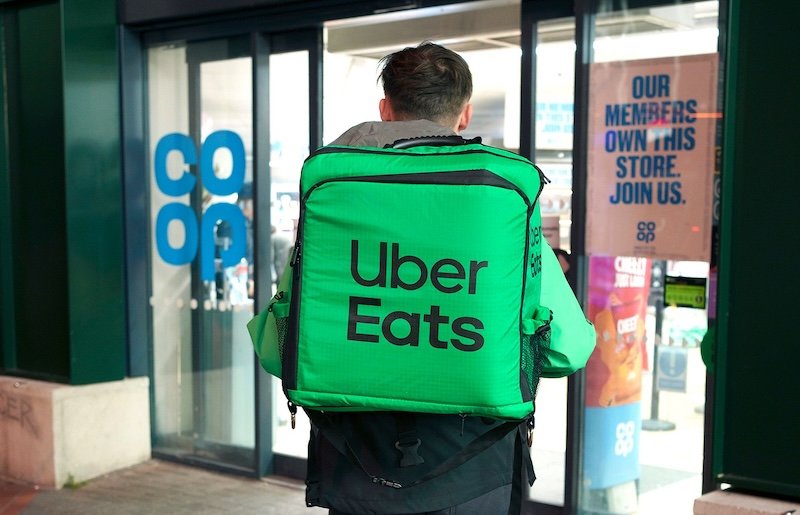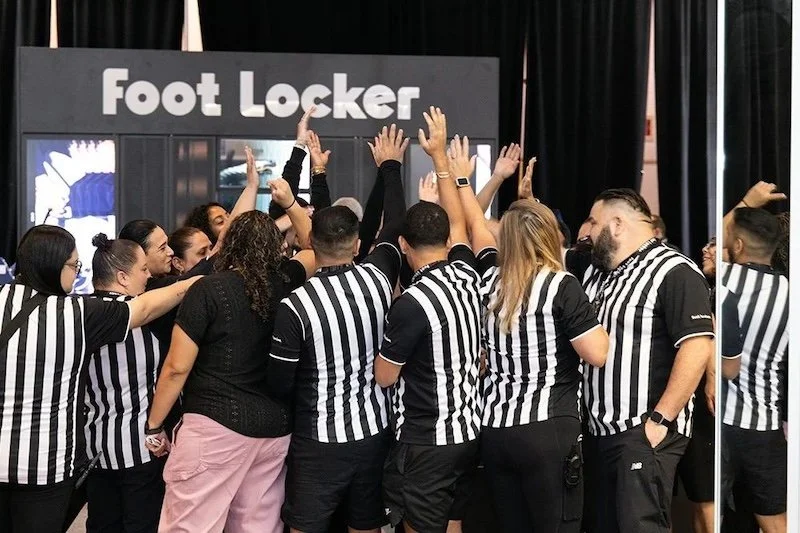Q&A: Dusty Lutz, VP of Store Transformation Solutions, NCR
Dusty Lutz, something of a self-checkout veteran, was in the room when the phrase ‘unexpected item in bagging area’ was coined. Retail Technology Innovation Hub caught up with him to talk about the past, present and future of self-service technology
RTIH: What does 2018 and beyond hold for self-checkout?
DL: 2018 is a special year for us; it marks the 20th anniversary of the installation of NCR’s first self-checkout. From those early beginnings the technology has come a long way, with today’s self-checkouts almost unrecognisable versus the early days of the technology. Now, they are an established feature in stores across the world, with their presence only set to grow. Self-checkouts will continue to help retailers navigate the path towards a frictionless customer experience through increasing flexibility, so shoppers can more quickly make their purchases in a naturally convenient way.
Looking ahead to how the technology will evolve, the future is set to bring new approaches to make shopping trips faster and easier than ever before. This will see the shopper be provided with the ability to scan items while they shop using an app on their phone and able to pay with a mobile wallet. Also, we are looking to blend technologies from self-checkout with the traditional cashier-assisted checkouts to make those lines move quicker. We are also investing heavily in computer vision and artificial intelligence to make the technology smarter in the ways it assists the shopper, while at the same time creating an even more secure checkout.
RTIH: There has always been the argument that many shoppers prefer to be served by a person than operate a self-service checkout, and many dislike being forced by retailers to serve themselves. Self-service checkouts have also received a fair amount of negative press since they arrived in the UK in the 1990s – e.g. unscannable items. How does NCR respond to this?
DL: We believe that service is in the eye of the consumer, and self-checkout is a valuable tool to let retailers keep more checkouts open and available than ever before. When you look at the research around a customer’s shopping experience, the number one complaint of shoppers is having to wait in line. Through our solutions we help retailers to directly address this, by allowing the store to have more checkout capacity available for shoppers.
For example, in a central London store, we transformed the experience at lunchtime where queues would regularly be greater than 50 people deep, to having virtually no wait to get to an available checkout. This was all down to the store being able to open twice as many checkout points being operated by the same number of staff. We see that more and more shoppers like the added control self-checkouts afford, providing them with the ability to go at their own pace, verify that the item price is what they expected, and to have the option to transact in their native language.
We know that there are still friction points that can make the experience on some shopping trips less than perfect. To resolve this, we have spent the last 20 years working with customers and listening to their feedback to constantly improve our products, making them more accurate and easy-to-use. One example of this is our PickList Assist system, which uses cameras in the scanner and machine learning to look at the fruit or vegetable that is being purchased and present a very short graphical list that matches the item. This makes the process more streamlined and efficient for the customer, enhancing their experience. We will continue to listen to customer feedback and evolve our technology to remove shopper frustrations from the checkout process, so retailers can provide the best possible shopper experience.
RTIH: Brit are stealing £3.2 billion worth of goods from self-service tills each year. Almost one in four people admit to stealing at least one item without paying while theft from unmanned checkouts has more than doubled in the past four years, according to recent research carried out by VoucherCodesPro.co.uk. How is NCR tackling this issue?
DL: Loss in stores through theft existed before self-checkouts. That said some of our recent innovations have been designed to provide greater security while at the same time make the transaction quicker and easier. Produce Assurance which is used in conjunction with the PickList Assist, uses computer vision and artificial intelligence to validate that non-barcoded items like fruits and vegetables are being correctly identified by the shopper. It is able to recognise that a bottle of wine is being incorrectly rung up by the shopper as much less expensive bananas.
Further to this, SmartAssist adds artificial intelligence to the traditional security cameras looking down on the self-checkout. It is able to recognise scan avoidance patterns such as leaving items unscanned in the shopper’s cart or pretending to scan and placing the items in a bag in front of the self-checkout. To reduce friction SmartAssist doesn’t stop the transaction when a security event is recognised, but instead alerts the store staff that the shopper will need assistance before the transaction is completed. This eliminates the familiar but irritating ‘Unexpected Item in Bagging Area’ message that many shoppers dislike.
RTIH: How will new technologies increase the ability for retailers to adapt to the ever-changing consumer?
DL: The future of retailing is centred on creating a consistent, compelling experience that allows the shopper a convenient way to interact in the most appropriate way for that particular shopping trip. Click and Collect is a satisfying way to change what it means to shop at a store for many consumers. Taking this to the next level makes it even more convenient with robotic lockers that enable the order to be picked up instantly once you arrive at the store.
Personalisation of the experience is also becoming more important. Having the ability for the technology to learn an individual’s preferences around language, payment method, and receipt are simple examples of how creating more of a one-to-one relationship at checkout can make the experience both more efficient and rewarding. Creating a digital engagement experience with our FastLane Mobile Shopper will become increasingly important. It will assist shoppers in managing the offers that are relevant to them, building shopping lists on the fly, helping to organise their shopping trip and make sure that they don’t leave an aisle without remembering to get everything from their list.
RTIH: How has the NCR team worked with consumers and retailers alike to provide the best self-service experience?
DL: We actively partner with our retailers to help them determine the best checkout experience to fit their individual needs. We have a standardised methodology that includes analysing a retailer’s consumer journey and associated trading dynamics. From there, we advise them on the best way to transform store layouts and checkout technologies they need to best meet the needs of shoppers. Once this analysis and proposal has been done we help build a customised blueprint for success that will help guide retailers in the gradual evolution of its stores and a phased, prioritised approach to reaching their own vision and objectives. Taking this approach provides insight and conclusions to be based on real store experiences.
In addition, we regularly bring together groups of retailers around the world to discuss future innovations and do design thinking workshops to brainstorm improving the shopping experience. Our Human Factors Engineering group performs consumer focus groups to gather feedback on the current experience, as well as conduct consumer trials in the lab and stores that allow us to test the performance and acceptance of new innovations.










Continue reading…